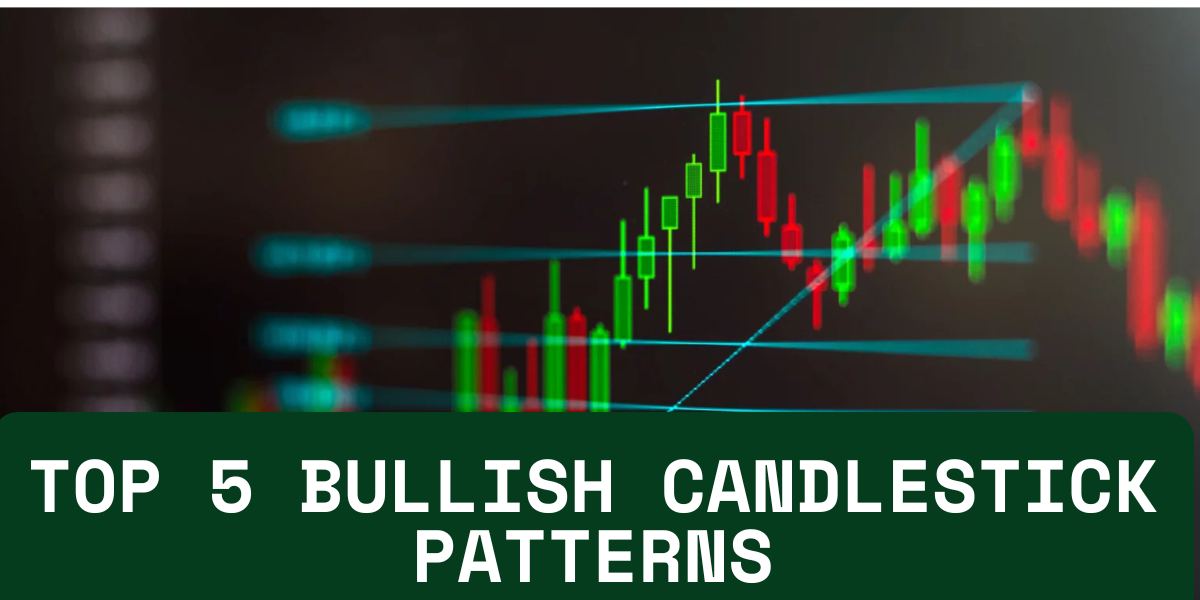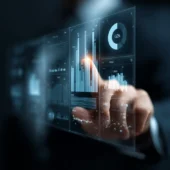There’s one factor that consistently separates those who succeed from those who fail in trading—proper preparation through demo trading.
Jumping straight into live trading is setting yourself up for failure and disappointment. Let me walk you through why demo trading isn’t optional, but essential.
Risk-Free Skill Building
Demo trading provides a consequence-free environment where mistakes cost nothing but teach valuable lessons. When you’re learning:
- Your emotions aren’t affected by real financial losses
- You can experiment with different strategies without fear
- Technical skills develop naturally through repetition
One of the best ways to build technical confidence during this phase is by studying 50 different candlestick patterns. These visual signals help you understand market behavior and make more informed trade decisions, even in a simulated environment.
There are countless examples of promising traders who insisted on skipping demo trading. Within two weeks, they lose thousands of dollars on preventable mistakes that could have been identified in a demo account.
Strategy Validation Without the Stress
Have you ever wondered if your trading plan actually works? Demo trading answers this crucial question.
In a simulated environment, you can test different approaches across various market conditions. This validation period lets you refine your strategy before risking real capital. It’s like having a trading laboratory where experiments don’t damage your financial health.
One of my students spent three months testing a complex breakout strategy in demo mode. By the time she went live, she’d already worked through the strategy’s weaknesses and knew exactly when to deploy it—and more importantly, when not to.
Trading Psychology Training
The biggest challenge in trading isn’t understanding charts or indicators—it’s managing your own psychology. Demo trading creates space to:
- Practice maintaining discipline during losing streaks
- Build confidence in your decision-making process
- Develop routines that prevent emotional trading
Your brain doesn’t know the difference between simulated and real trading while you’re in the moment. This means psychological patterns developed during demo trading transfer directly to live trading.
Platform Mastery
Each trading platform has its quirks and features. Nothing is more dangerous than fumbling with unfamiliar technology while real money is on the line.
Demo trading gives you time to master:
- Order entry and modification
- Risk management tools and position sizing
- Platform-specific features and shortcuts
I’ve witnessed traders accidentally adding zeros to position sizes or entering market orders instead of limits because they weren’t familiar with their platform. These costly mistakes simply don’t happen to traders who’ve spent adequate time in demo mode.
Realistic Performance Benchmarking
How good are you, really? Demo trading provides objective feedback on your current skill level.
By tracking your performance over 30-60 days of dedicated demo trading, you’ll gain realistic expectations about your probable win rate, average profit per trade and drawdown tolerance/recovery patterns
This data helps you set appropriate goals when you transition to live trading instead of harboring unrealistic expectations that lead to disappointment.
Building A Trading System
Demo trading isn’t just about entries and exits… it’s about developing a complete trading system.
During this phase, you should be keeping track of your:
- Trade management rules
- Risk parameters
- Daily routines and checklists
Think of your demo period as building the operating manual for your trading business. What seems obvious now may be forgotten in the heat of live trading without proper documentation.
Making the Most of Your Demo Experience
To maximize your demo trading benefits, treat it like the real thing. Set a specific timeframe (minimum 1-2 months) and trading goals before transitioning to live trading.
Track every trade in a journal, noting not just results but your thought process and emotional state. This creates a feedback loop that accelerates your learning curve.
When you’re consistently profitable in demo mode for at least 20-30 trades and have mastered your emotional responses, you’re ready to transition to a small live account.
Remember—the goal of demo trading isn’t perfection but preparation. It’s your trading simulator, psychology workshop, and risk-free laboratory all in one. The time invested here will pay dividends throughout your trading career.
What’s your next step? Commit to 30 days of serious demo trading before risking a single dollar in the markets. Your future trading account will thank you.


 Tags:
Tags:










